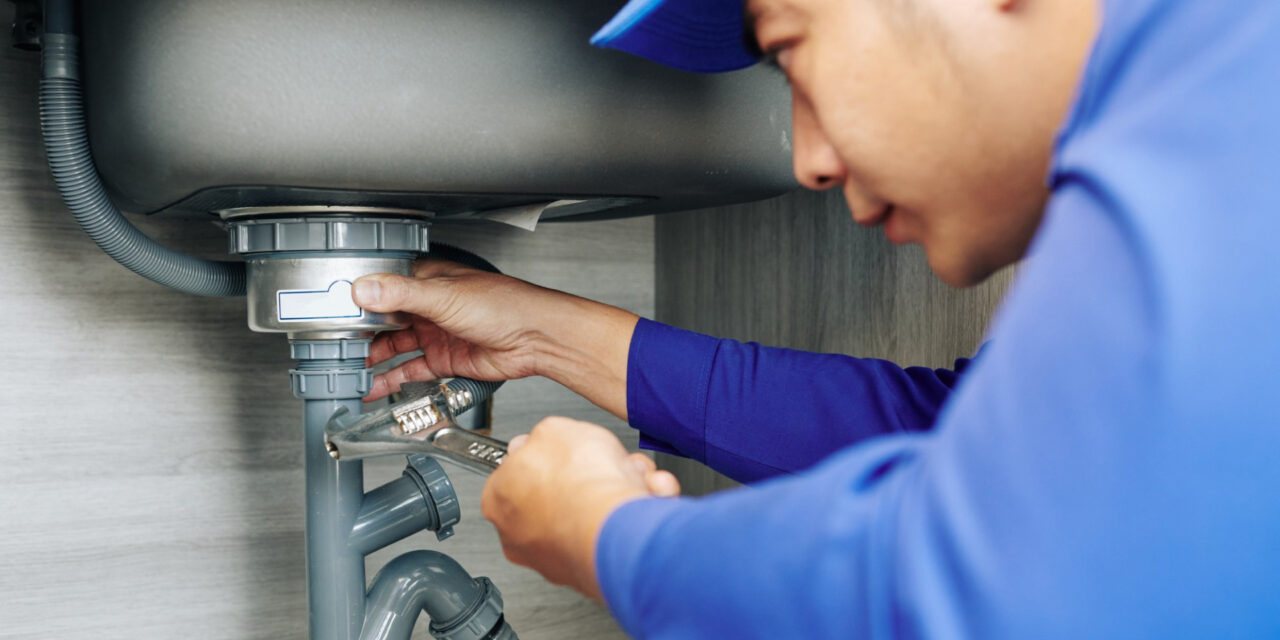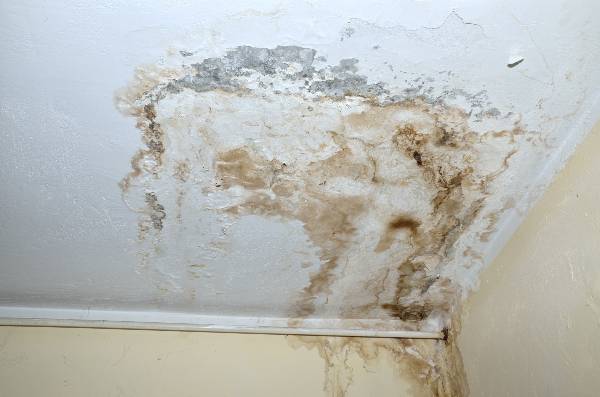This post down below involving Detecting hidden plumbing leaks is incredibly compelling. Read it yourself and decide what you think of it.

Early detection of leaking water lines can minimize a possible disaster. Some small water leaks might not be noticeable.
1. Examine the Water Meter
Inspecting it is a guaranteed means that assists you find leaks. If it relocates, that shows a fast-moving leak. This implies you might have a sluggish leakage that might also be underground.
2. Inspect Water Intake
Analyze your water expenses as well as track your water usage. As the one paying it, you must see if there are any type of disparities. If you detect sudden changes, despite your consumption being the same, it means that you have leakages in your plumbing system. Keep in mind, your water costs should fall under the same range each month. An abrupt spike in your costs suggests a fast-moving leak.
Meanwhile, a steady increase every month, even with the same habits, reveals you have a slow-moving leakage that's likewise slowly escalating. Call a plumber to completely inspect your residential property, particularly if you feel a cozy location on your floor with piping underneath.
3. Do a Food Coloring Examination
When it comes to water consumption, 30% comes from commodes. If the shade somehow infiltrates your dish during that time without flushing, there's a leakage between the container and dish.
4. Asses Outside Lines
Do not fail to remember to inspect your exterior water lines also. Examination faucets by affixing a yard hose pipe. Should water permeate out of the connection, you have a loose rubber gasket. Replace this and guarantee all connections are tight. It will certainly help get it expertly examined as well as maintained every year if you've obtained a sprinkler system. One tiny leak can squander lots of water as well as increase your water bill.
5. Evaluate and also Examine the Situation
Property owners need to make it a habit to check under the sink counters and also also inside cupboards for any kind of bad odor or mold and mildew growth. These two red flags indicate a leak so punctual interest is needed. Doing regular evaluations, even bi-annually, can conserve you from a major trouble.
If you recognize your residence is already old, maintain a careful eye on your heating units, tubes, pipes etc. Check for stainings and also compromising as a lot of devices and also pipes have a life expectancy. They will likewise naturally weaken because of deterioration. If you believe dripping water lines in your plumbing system, do not wait on it to intensify. Call a professional plumber as soon as possible so you do not end up with a horrible mess in your home.
Early discovery of leaking water lines can mitigate a potential calamity. Some small water leaks might not be noticeable. Inspecting it is a guaranteed means that helps you find leakages. One little leakage can waste heaps of water and also increase your water expense.
If you presume dripping water lines in your plumbing system, do not wait for it to rise.
WARNING SIGNS OF WATER LEAKAGE BEHIND THE WALL
PERSISTENT MUSTY ODORS
As water slowly drips from a leaky pipe inside the wall, flooring and sheetrock stay damp and develop an odor similar to wet cardboard. It generates a musty smell that can help you find hidden leaks.
MOLD IN UNUSUAL AREAS
Mold usually grows in wet areas like kitchens, baths and laundry rooms. If you spot the stuff on walls or baseboards in other rooms of the house, it’s a good indicator of undetected water leaks.
STAINS THAT GROW
When mold thrives around a leaky pipe, it sometimes takes hold on the inside surface of the affected wall. A growing stain on otherwise clean sheetrock is often your sign of a hidden plumbing problem.
PEELING OR BUBBLING WALLPAPER / PAINT
This clue is easy to miss in rooms that don’t get much use. When you see wallpaper separating along seams or paint bubbling or flaking off the wall, blame sheetrock that stays wet because of an undetected leak.
BUCKLED CEILINGS AND STAINED FLOORS
If ceilings or floors in bathrooms, kitchens or laundry areas develop structural problems, don’t rule out constant damp inside the walls. Wet sheetrock can affect adjacent framing, flooring and ceilings.
https://www.servicemasterbyzaba.com/blog/how-to-detect-water-leakage-in-walls/

We had been shown that editorial on Finding hidden leaks from an acquaintance on another web blog. Are you aware of anybody else who is occupied with the topic? Please feel free to promote it. Thanks for taking the time to read it.